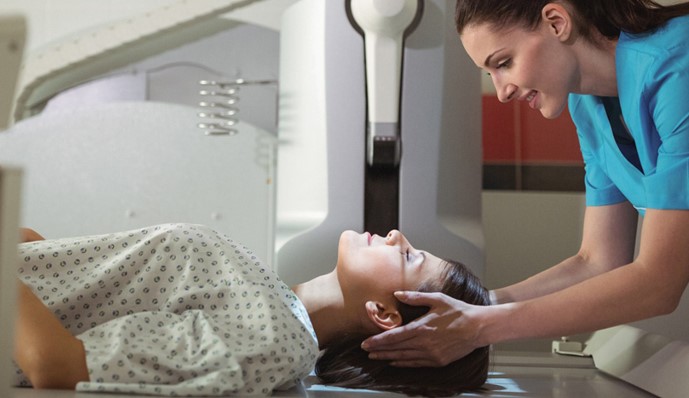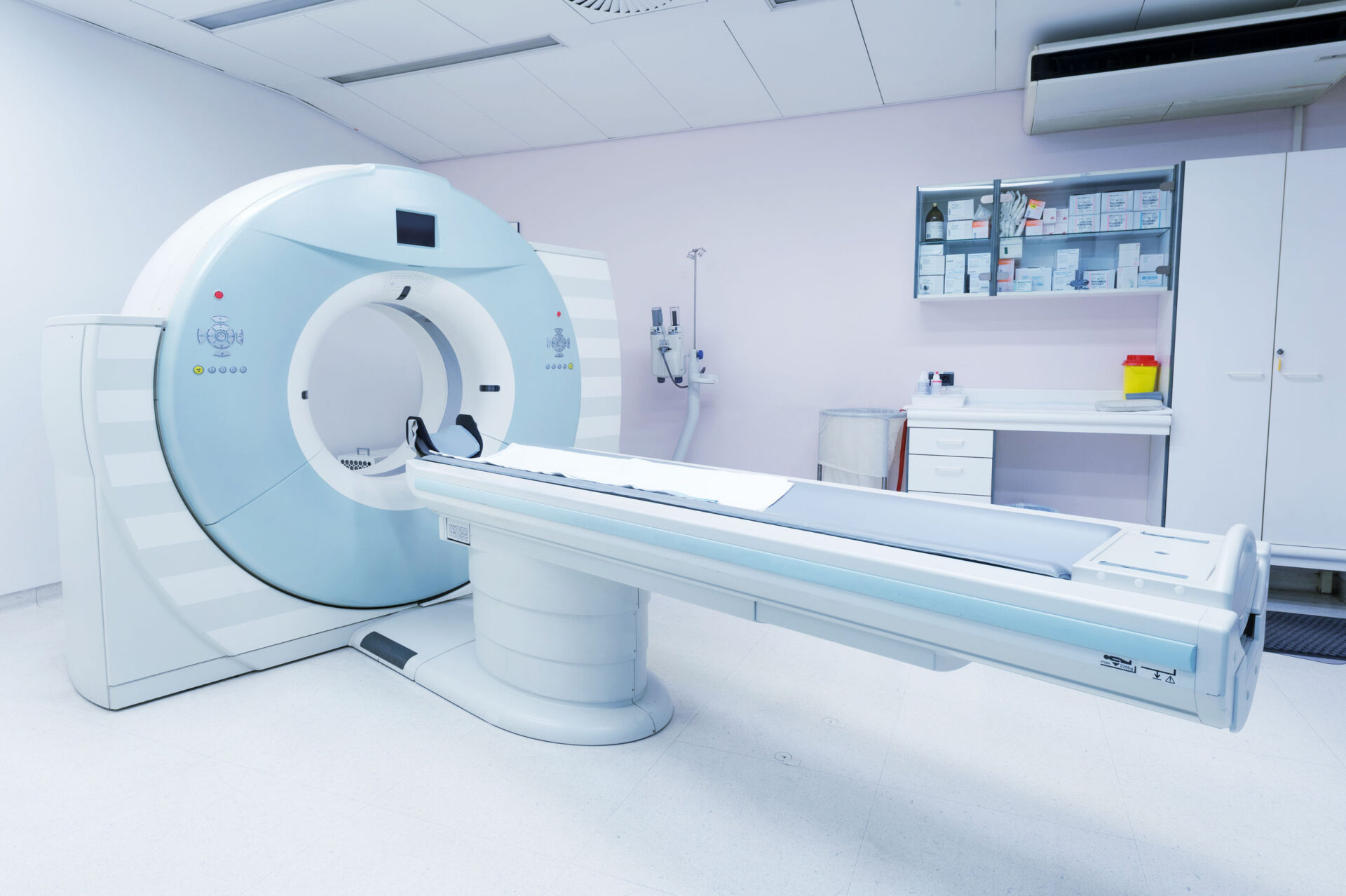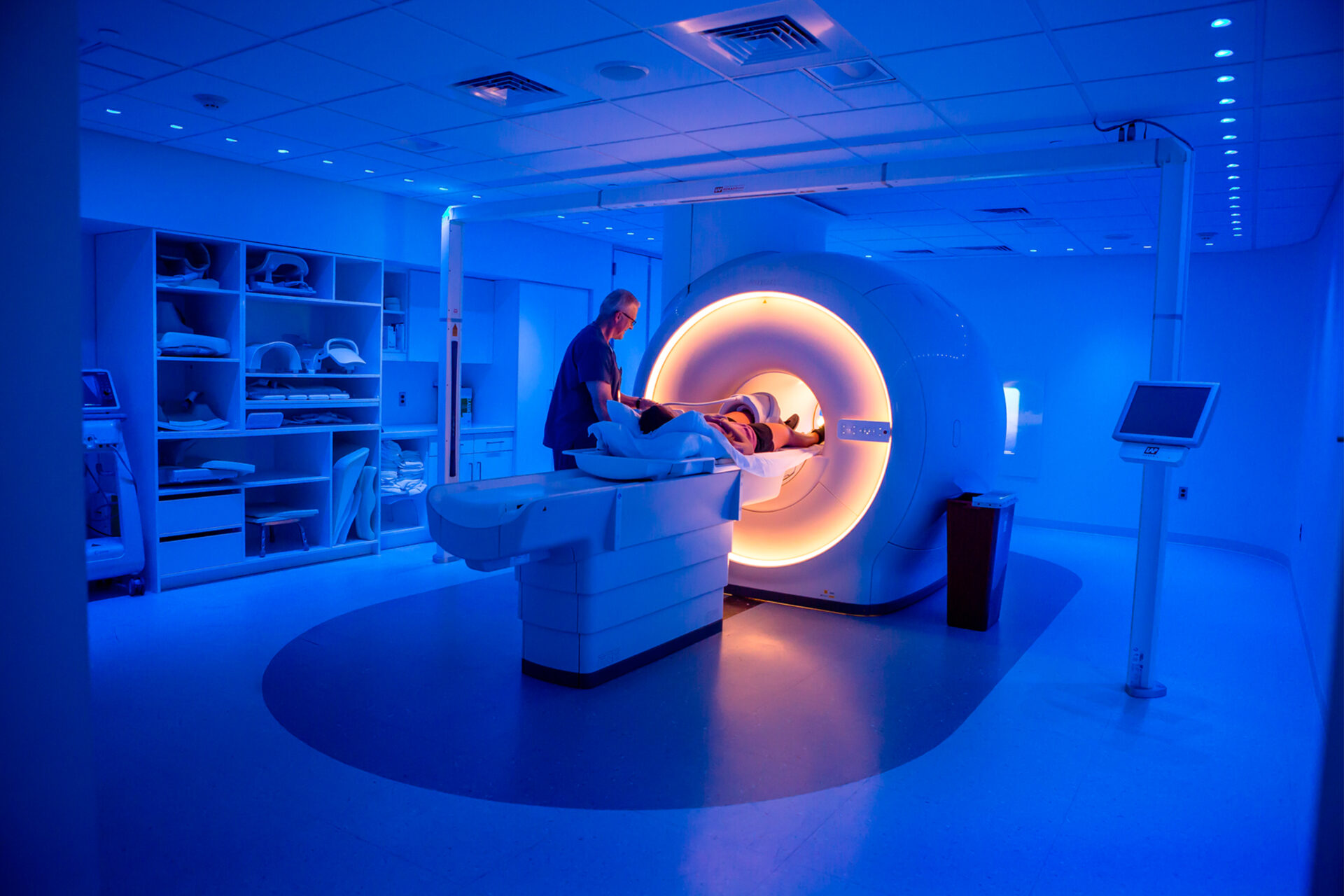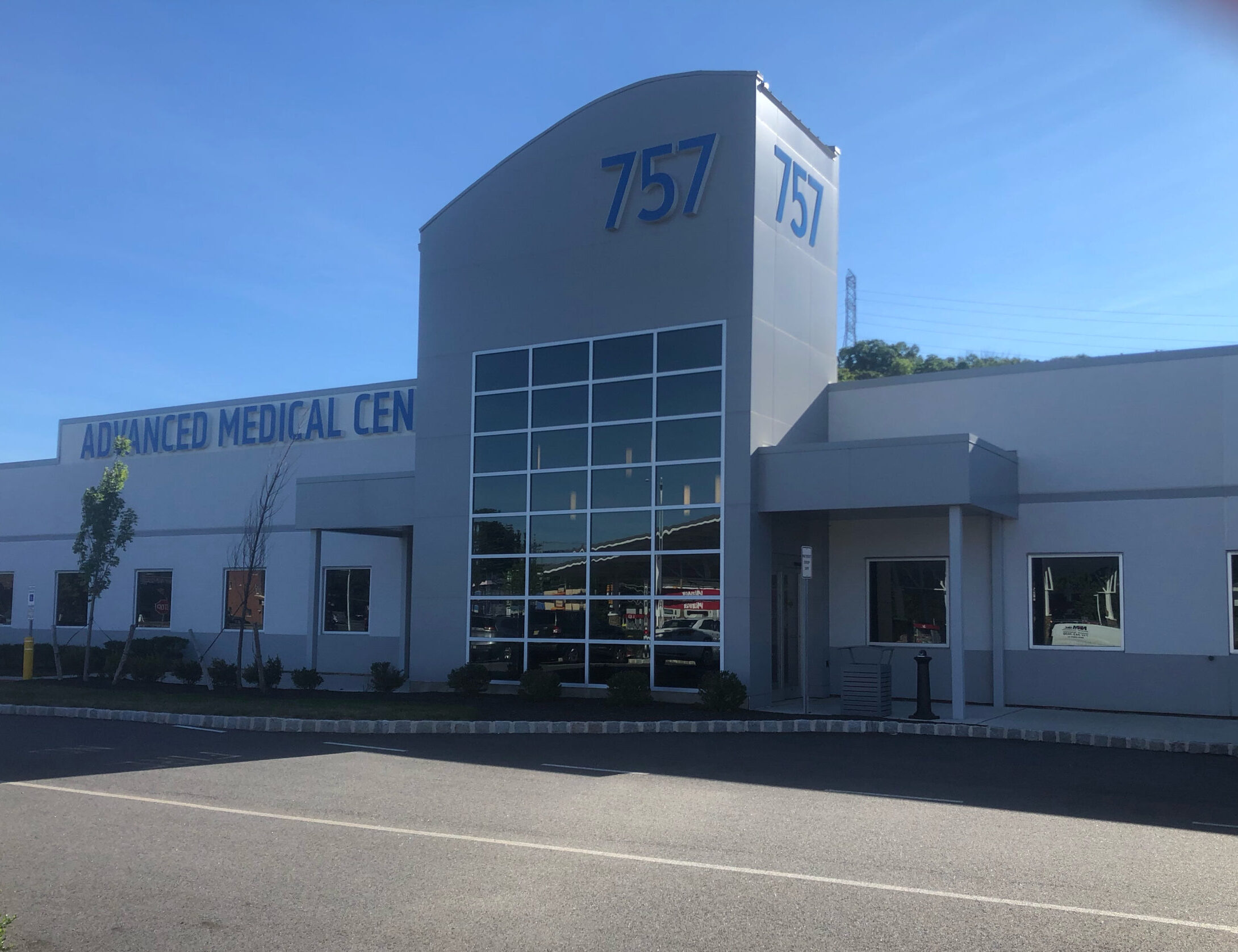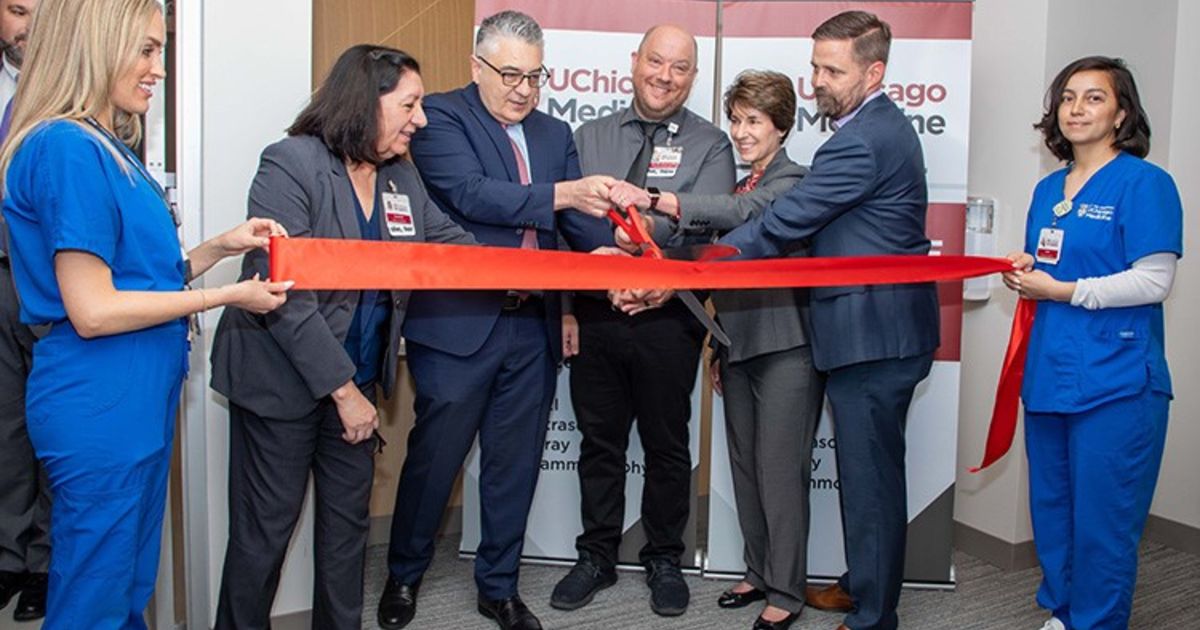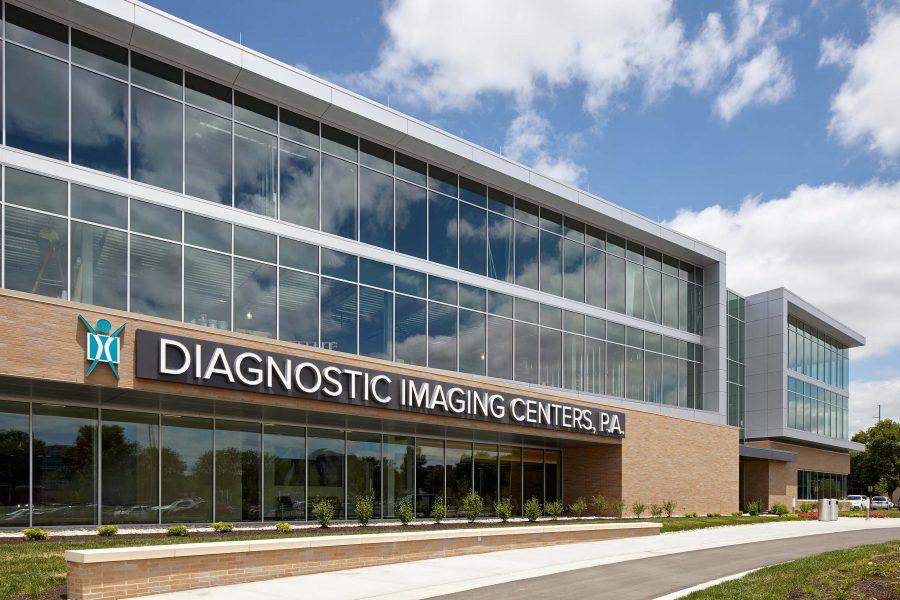The Imaging Center At Wolf River
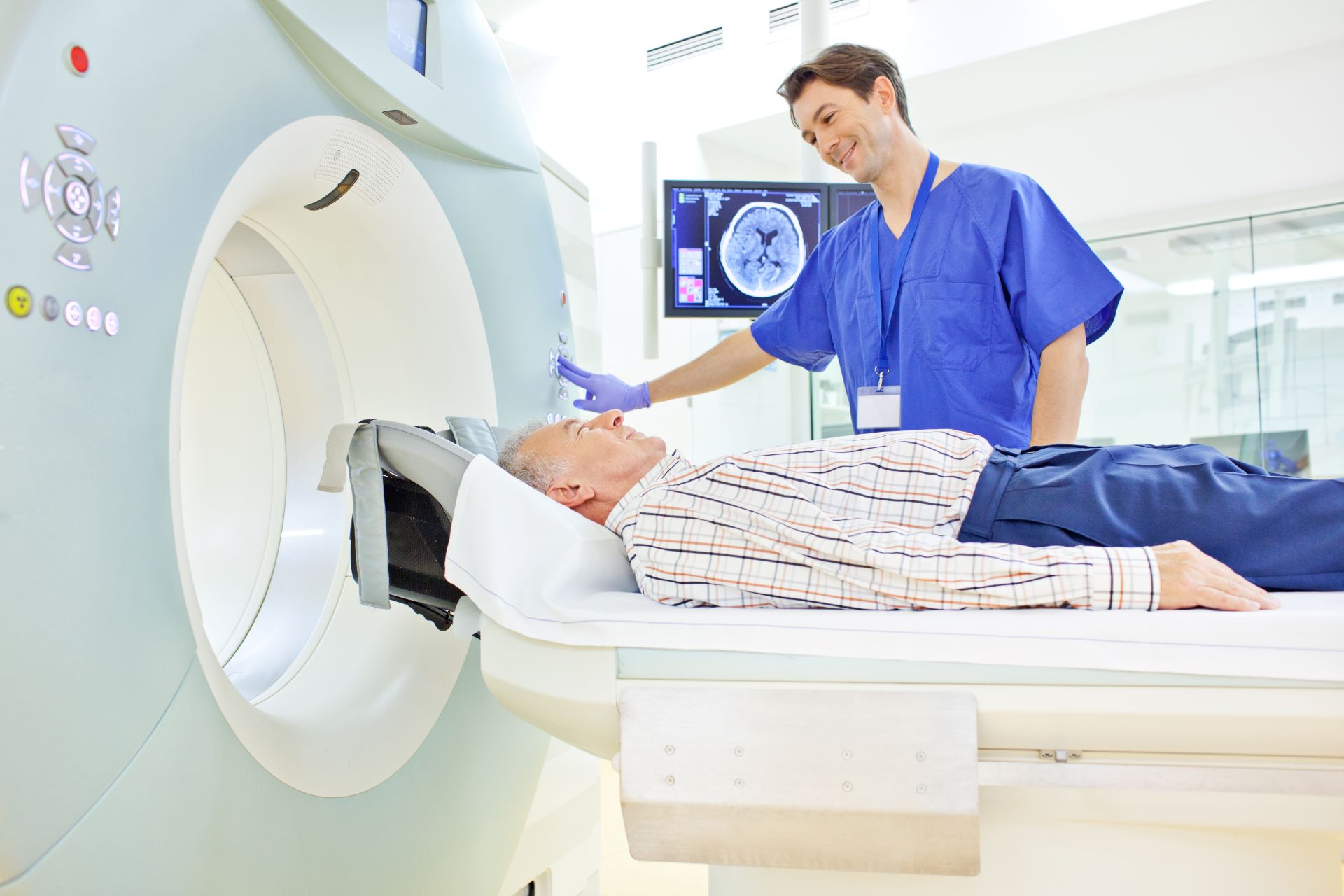
The Imaging Center at Wolf River, a beacon of advanced medical diagnostics in the heart of Shelby County, finds itself at a critical juncture. Recent community concerns, coupled with evolving technological landscapes and increasing demands for accessible healthcare, have placed the center under intense scrutiny.
From cutting-edge MRI technology to comprehensive ultrasound services, the center has long been recognized for its commitment to providing high-quality imaging services. However, navigating the complexities of healthcare economics, ensuring equitable access for all patients, and maintaining a competitive edge in a rapidly changing market present significant challenges.
This article delves into the operations of The Imaging Center at Wolf River, examining its impact on the local healthcare ecosystem, exploring the challenges it faces, and considering its future in a dynamic medical environment.
A Cornerstone of Diagnostic Services
The Imaging Center at Wolf River has been a vital resource for the community for over two decades. It has helped thousands of patients receive accurate and timely diagnoses.
Equipped with state-of-the-art technology, including high-field MRI, CT scanners, digital X-ray, and ultrasound machines, the center offers a broad range of imaging services. These services cover everything from routine screenings to complex diagnostic procedures.
According to the center's official website, its team of board-certified radiologists and highly trained technologists are committed to providing exceptional patient care. The center collaborates closely with referring physicians to ensure accurate interpretations and facilitate effective treatment plans.
Navigating Healthcare Access and Affordability
Despite its commitment to quality, The Imaging Center at Wolf River, like many healthcare providers, faces significant challenges related to healthcare access and affordability. Ensuring that all members of the community, regardless of their socioeconomic status, have access to necessary imaging services is a pressing concern.
A 2023 report by the Tennessee Department of Health revealed disparities in access to diagnostic imaging services across different demographic groups. Factors such as insurance coverage, transportation, and awareness of available resources all play a role.
The Imaging Center at Wolf River offers several programs to address these challenges. They include financial assistance programs, payment plans, and partnerships with local community organizations to provide transportation assistance.
However, some critics argue that these efforts are insufficient. They believe that systemic changes are needed to address the root causes of healthcare disparities.
Technological Advancements and Market Competition
The field of medical imaging is constantly evolving, with new technologies and techniques emerging at a rapid pace. The Imaging Center at Wolf River must continually invest in upgrading its equipment and training its staff to remain competitive.
The rise of artificial intelligence (AI) in medical imaging is particularly noteworthy. AI algorithms can assist radiologists in interpreting images, improving accuracy, and reducing turnaround times.
However, the adoption of AI also presents challenges. These include the need for robust data security measures, the potential for bias in algorithms, and the ethical implications of using AI in healthcare.
The Competitive Landscape
The Imaging Center at Wolf River operates in a competitive market. Several other imaging centers and hospital-based radiology departments offer similar services in the Shelby County area.
According to data from the Memphis Medical Society, the demand for imaging services is growing steadily. This is due to factors such as an aging population and increasing awareness of the importance of early detection.
To maintain its market share, The Imaging Center at Wolf River must differentiate itself from its competitors. It can do this by focusing on providing exceptional patient service, offering specialized imaging services, and building strong relationships with referring physicians.
Community Perceptions and Concerns
Public perception plays a crucial role in the success of any healthcare provider. The Imaging Center at Wolf River has generally enjoyed a positive reputation in the community.
However, recent concerns have been raised about the center's billing practices and the clarity of its communication with patients. Several patients have reported receiving unexpected bills or struggling to understand the details of their insurance coverage.
In response to these concerns, The Imaging Center at Wolf River has implemented new measures to improve billing transparency and enhance communication with patients. These measures include providing clearer explanations of charges, offering financial counseling services, and establishing a patient advocacy program.
"We are committed to addressing these concerns and ensuring that all of our patients have a positive experience at our center," said Dr. Emily Carter, the center's medical director, in a recent statement.
Looking Ahead: A Vision for the Future
The Imaging Center at Wolf River faces a complex and rapidly changing landscape. To thrive in the future, the center must adapt to new technologies, address healthcare access and affordability challenges, and maintain a strong focus on patient satisfaction.
Key strategies for the center's future success include investing in AI and other emerging technologies, expanding its outreach to underserved communities, and strengthening its partnerships with referring physicians. The center must prioritize patient-centered care and ensure that all patients receive the highest quality of service.
By embracing innovation, promoting equitable access, and fostering a culture of excellence, The Imaging Center at Wolf River can continue to be a vital resource for the community for years to come. It must remain dedicated to its mission of providing accurate, timely, and affordable imaging services to all who need them.








